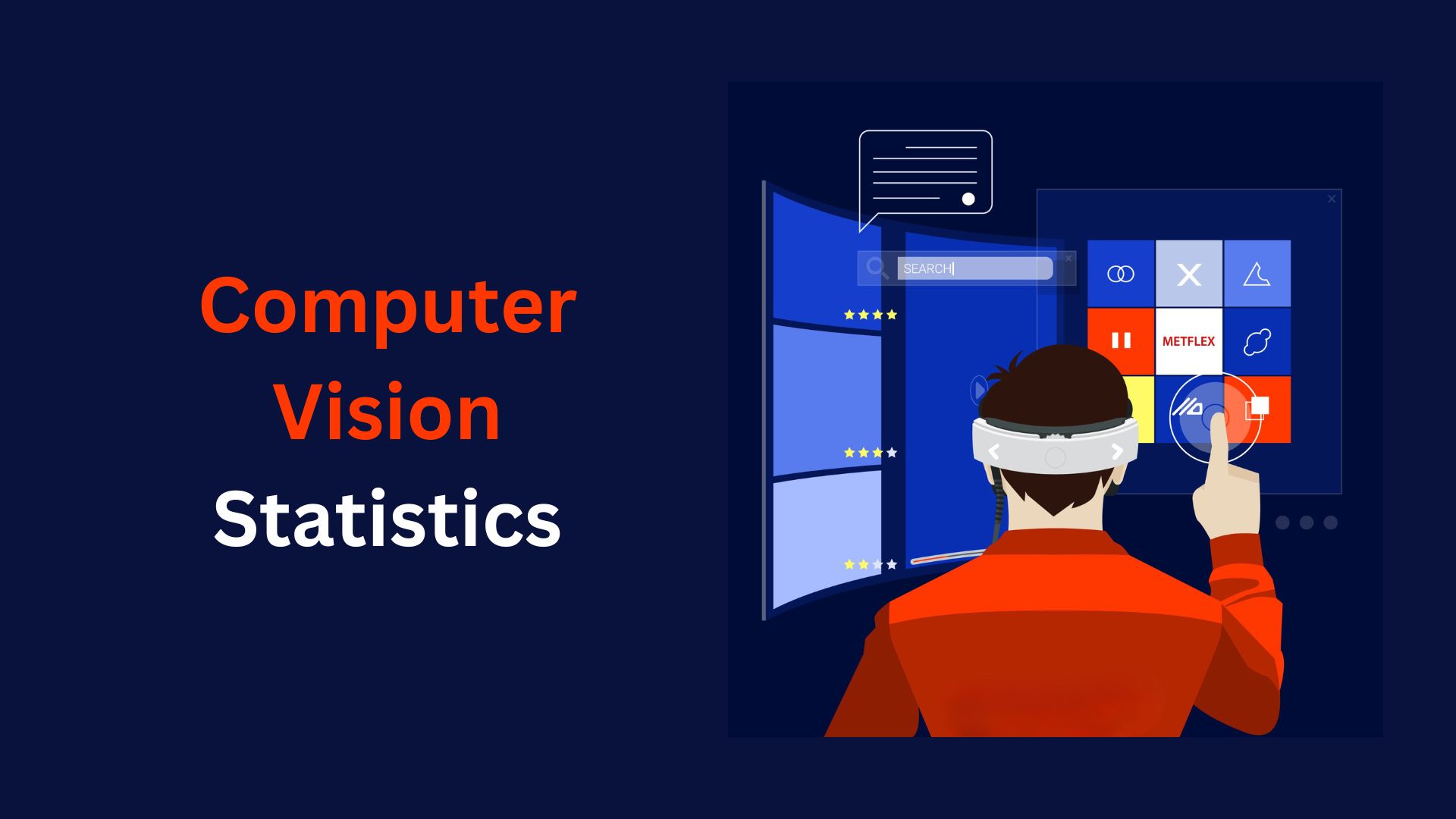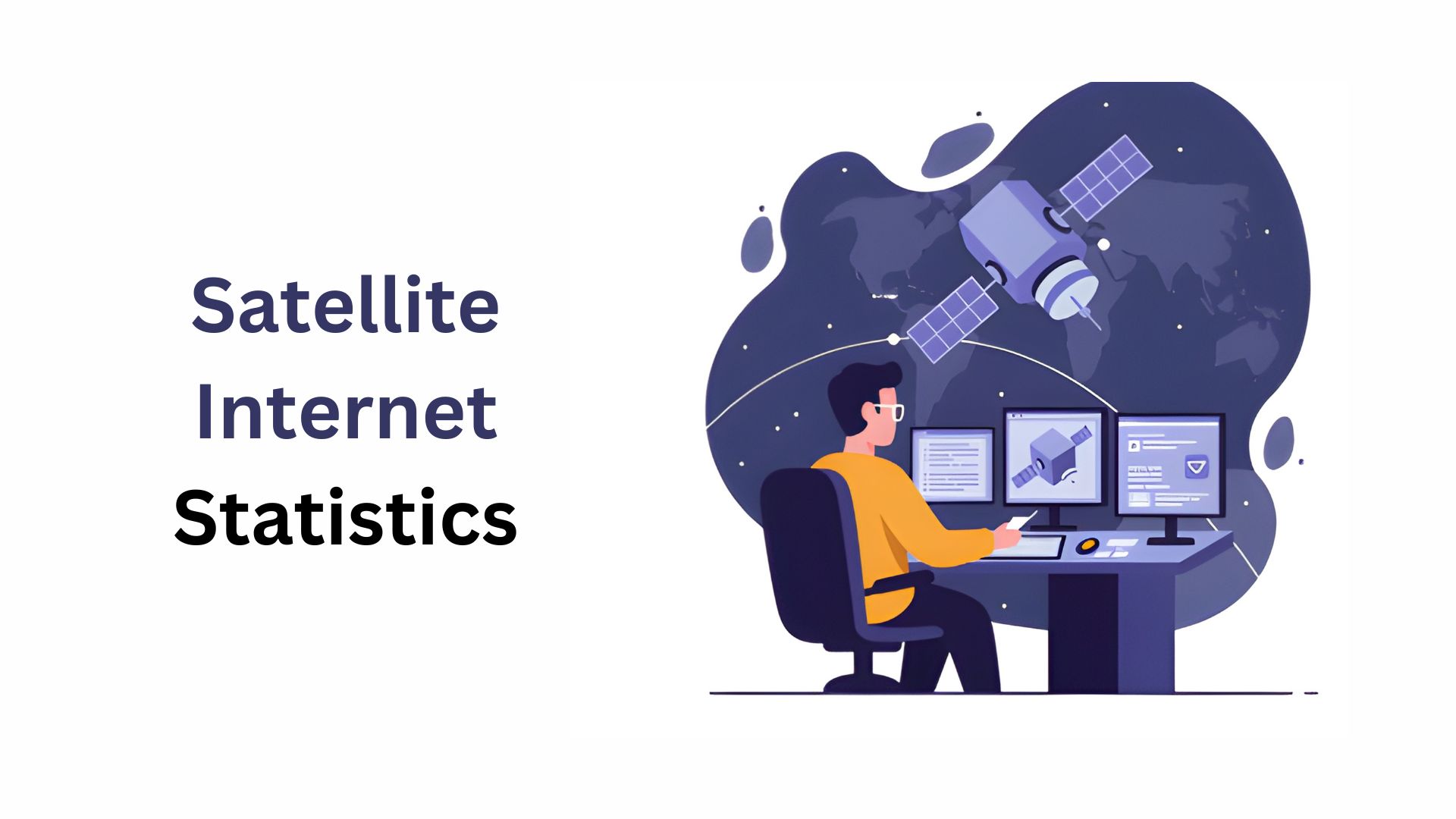What Is The Best Way To Track Electric Vehicle (EV) Fleets In Real Time?
Updated · Jul 21, 2025

Table of Contents
Managing electric vehicle (EV) fleets in real time transforms how companies handle logistics and energy consumption. Live tracking provides dispatchers with immediate visibility into each vehicle’s location, charge level, and performance.
With telematics systems and intelligent fleet software, EV managers gain more than just movement data. These tools convert real-time information into practical insights that improve routing, charging schedules, and vehicle uptime.
Fleet tracking is no longer limited to location monitoring. It enables smarter operations, cleaner energy use, and reduced costs through strategic data integration.
What Is Electric Vehicle (EV) Fleet Management?
Electric vehicle (EV) fleet management is the process of controlling and coordinating multiple EVs for business operations. It includes tracking locations, scheduling charging, and checking battery conditions to ensure vehicles stay active.
This helps companies save money, keep vehicles available, and support cleaner energy use. Fleet managers use software tools to plan routes, monitor usage, and keep everything running on time.
Why Real‑Time Tracking Is Important?
Optimize Operations
Real-time tracking shows exactly where each EV is and how much charge it has left. This helps dispatchers make quick decisions and keeps vehicles moving without unnecessary stops.
Cut Energy and Maintenance Costs
Tracking systems keep an eye on battery health and alert managers before issues get serious. This makes it easier to plan maintenance, avoid breakdowns, and reduce repair costs.
Enhance Sustainability
Fleet tracking shows how much energy your EVs use and how they reduce emissions. This makes it easier to measure progress and meet your company’s sustainability goals.
What Is The Best Way To Track Electric Vehicle (EV) Fleets in Real Time?
Use Telematics Devices for Live Vehicle Data
Telematics devices are installed in each EV to collect and send real-time data. These devices track the vehicle’s location, speed, battery status, and performance while the EV is on the move.
This live data helps managers know where every EV is and whether it’s ready for use. It removes guesswork and makes it easier to assign tasks, reroute vehicles, and avoid range problems.
Monitor EV Battery Health and Charge Status
Battery monitoring tools collect live charge data and detect signs of battery wear. They show how much power is left and alert managers before a battery becomes too weak.
This ensures vehicles are only used when they have enough power to complete the job. It reduces breakdowns and helps schedule charging without delays or overuse.
Use Cloud-Based Fleet Management Platforms
Cloud fleet platforms combine all EV data into a single dashboard. They show real-time location, battery levels, charging schedules, and vehicle usage on one screen.
These platforms make it easy to track many vehicles at once, from any location. Fleet managers can respond quickly to problems and keep daily operations running smoothly.
Track Charging Activity and Infrastructure Use
Charging management tools track where and when EVs charge, how much energy is used, and how long charging takes. They also show which stations are free or occupied.
This helps managers plan routes based on available charging stations and avoid downtime. It improves energy use and keeps vehicles available when needed.
Get Predictive Maintenance Alerts
Real-time fleet tracking tools collect data from vehicle systems to spot early signs of wear. When something seems off, they alert the manager before a failure happens.
This keeps vehicles out of the repair shop and reduces expensive fixes. It also helps extend the lifespan of both the EV and its battery.
Analyze Driver Behavior to Improve Efficiency
Driver monitoring tools track habits like speeding, harsh braking, and idling. These patterns affect battery life, safety, and overall energy use.
By analyzing this data, fleet managers can coach drivers to operate vehicles more efficiently. This leads to longer EV range, better safety, and fewer unexpected stops.
Features To Look For In Tracking Systems
Live GPS Tracking
This feature shows where every EV is at any moment. It helps you assign the right vehicle faster and avoid delays on the road.
Battery Level and Health Monitoring
A tracking system should show how much charge each vehicle has and if the battery is in good shape. This helps prevent power loss and keeps trips on schedule.
Charging Station Integration
The system should connect with charging stations to show which ones are available. It makes planning routes and charging stops much easier.
Predictive Maintenance Alerts
By reading vehicle data in real time, the system can warn you when something needs fixing. This helps prevent breakdowns and saves on repair costs.
Driver Behavior Tracking
Tracking how drivers use the EVs, like speeding or braking hard, can reveal habits that drain the battery. It helps coach better driving and makes vehicles last longer.
Instant Alerts and Notifications
The system should send quick updates if something goes wrong, like low battery or missed routes. This lets you respond right away and avoid bigger issues.
Easy Dashboard and Reports
A good platform keeps all the data in one place with clear charts and summaries. It helps you spot trends and make smart decisions for the fleet.
Remote and Mobile Access
You should be able to check your fleet anytime, from anywhere. Mobile access keeps you in control even when you’re away from the office.
What Are The Advanced Techniques For Real‑Time Tracking?
Vehicle-to-Grid (V2G) Integration
V2G lets electric vehicles send unused power back to the grid when they’re not driving. This creates a way for fleets to support the power supply and earn extra income.
Fleet systems track how much energy is shared and how it affects battery life. This helps manage both energy flow and long-term battery health.
Predictive Routing with AI
AI tools look at live traffic, battery levels, and energy prices to choose the best route for each vehicle. This keeps trips efficient and avoids unnecessary stops.
When conditions change, the system updates routes on the go. That means less waiting and smoother trips for every driver.
5G-Enabled Telematics and V2X Readiness
5G networks move more data, faster. That supports live video, real-time updates, and direct communication with road systems like traffic lights.
This fast connection helps vehicles adjust instantly to road changes. It makes diagnostics, rerouting, and decision-making quicker and more accurate.
Mobile Metering
Mobile metering measures exactly how much energy each vehicle uses during every charge. That data is sent straight to billing and energy tracking tools.
This makes it easier to manage costs and avoid billing mistakes. It gives clear insight into where and how energy is being used.
Conclusion
Tracking EV fleets in real time gives businesses better control over their daily operations. With the right systems in place, managers can respond faster, reduce delays, and make the most of each vehicle.
It supports everything from battery monitoring to smarter route planning. Real-time tracking plays a key role in building a more efficient and dependable EV fleet.

Tajammul Pangarkar is the co-founder of a PR firm and the Chief Technology Officer at Prudour Research Firm. With a Bachelor of Engineering in Information Technology from Shivaji University, Tajammul brings over ten years of expertise in digital marketing to his roles. He excels at gathering and analyzing data, producing detailed statistics on various trending topics that help shape industry perspectives. Tajammul's deep-seated experience in mobile technology and industry research often shines through in his insightful analyses. He is keen on decoding tech trends, examining mobile applications, and enhancing general tech awareness. His writings frequently appear in numerous industry-specific magazines and forums, where he shares his knowledge and insights. When he's not immersed in technology, Tajammul enjoys playing table tennis. This hobby provides him with a refreshing break and allows him to engage in something he loves outside of his professional life. Whether he's analyzing data or serving a fast ball, Tajammul demonstrates dedication and passion in every endeavor.










